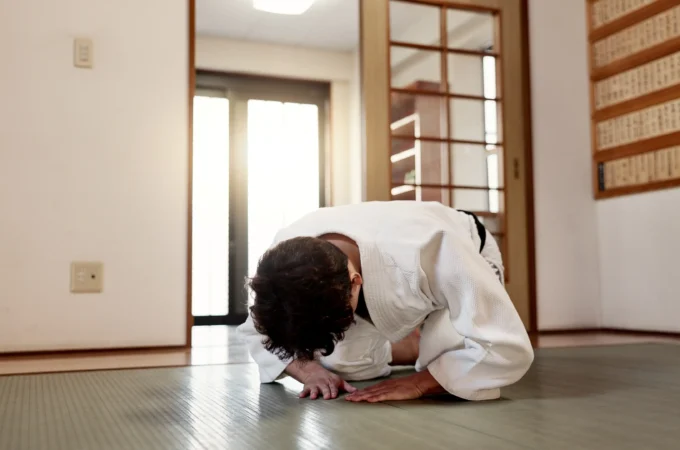
The Beauty and Craftsmanship of Japanese Denim
Denim has been a staple in fashion for decades, but not all denim is created equal. In recent years, Japanese denim has become increasingly popular among denim enthusiasts for its quality and unique characteristics. Japanese denim is known for its durability, texture, and rich indigo hues that fade beautifully over time. In this article, we will explore the beauty and craftsmanship behind Japanese denim.
The History of Japanese Denim
The production of denim in Japan dates back to the 1950s, when American soldiers stationed in Japan would often wear their denim uniforms around town. This sparked an interest in denim among the Japanese people, who began to import denim from the United States. However, as demand for denim grew, Japanese manufacturers began to produce their own denim fabrics, using traditional Japanese techniques.
One of the most well-known Japanese denim brands is Evisu, which was founded in 1991 by Hidehiko Yamane. The brand is known for its intricate details and hand-painted designs, and has become a favorite among denim enthusiasts worldwide.
The Craftsmanship of Japanese Denim
What sets Japanese denim apart from other types of denim is the attention to detail and craftsmanship that goes into its production. Japanese denim manufacturers use traditional methods and techniques to create denim that is both durable and beautiful.
One of the most important factors in creating high-quality denim is the quality of the cotton used. Japanese denim manufacturers often use cotton that is grown in the United States, but they also use cotton that is grown in Japan. The cotton is carefully selected for its strength and texture, and is often hand-picked to ensure that it is of the highest quality.
After the cotton is harvested, it is spun into yarn using traditional spinning methods. Japanese denim manufacturers often use vintage shuttle looms to weave the denim, which creates a tighter, denser weave that is more durable than denim produced using modern weaving machines.
The dyeing process is another important factor in the production of Japanese denim. Japanese denim is typically dyed using natural indigo, which creates a rich, deep blue color that fades beautifully over time. The dyeing process can take several days, and involves dipping the fabric into a vat of indigo multiple times.

Once the denim is dyed, it is often finished with a variety of techniques to create unique textures and designs. Some Japanese denim manufacturers use hand-sanding or distressing techniques to create a worn-in, vintage look, while others use embroidery or other decorative techniques to add visual interest to the fabric.
The Beauty of Japanese Denim
The craftsmanship and attention to detail that goes into the production of Japanese denim creates a fabric that is not only durable, but also incredibly beautiful. Japanese denim is known for its unique texture, which is often described as slubby or neppy. This texture is created by the irregularities in the yarn, which give the fabric a slightly uneven, rough texture that is both tactile and visually interesting.
Japanese denim is also known for its rich indigo color, which has a depth and complexity that is difficult to replicate using synthetic dyes. Over time, the indigo will begin to fade, creating a beautiful patina that is unique to each piece of denim.
Conclusion
Japanese denim is a testament to the beauty and craftsmanship that can be achieved through traditional methods and techniques. The attention to detail and quality of the materials used in its production create a fabric that is not only durable, but also incredibly beautiful. Whether you are a denim enthusiast or simply appreciate the beauty of well-made clothing, Japanese denim is a must-have in any wardrobe.




